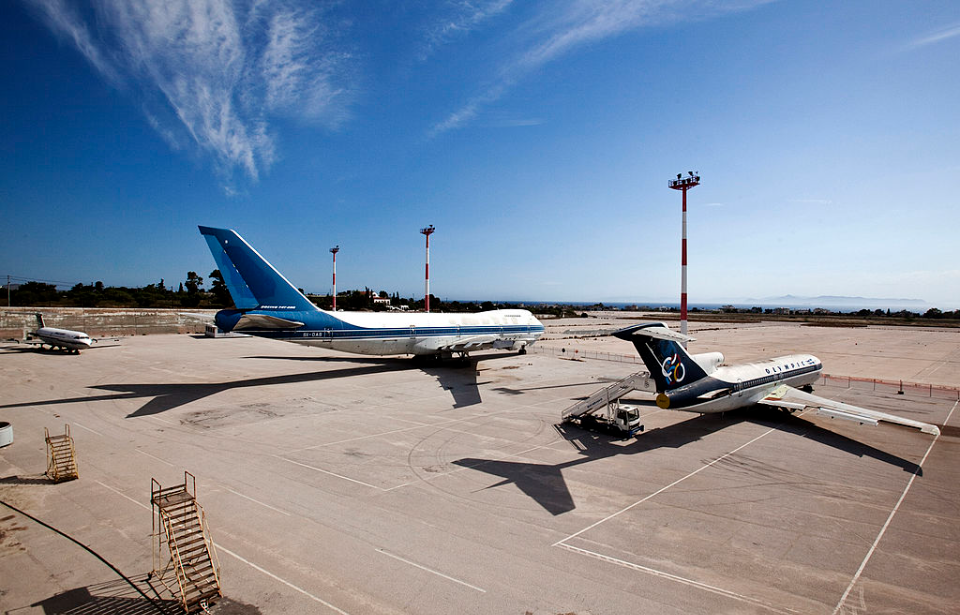Situated along the Greek coast, Ellinikon International Airport operated for 63 years just outside of the capital city of Athens. Although it was closed when the current airport was built, it’s now being repurposed for a different use by the architectural company Sasaki. They’re taking the abandoned airport and converting it into Ellinikon Metropolitan Park, a 600-acre community space.
A long history
Ellinikon, sometimes called Hellinikon, was built in 1938, just before the outbreak of the Second World War. It was then called Kalamaki Airfield. When Greece was invaded by the Germans, it was converted to a base for the Luftwaffe which used it until they were pushed out of the country by the Allied forces. When the war ended, international forces continued to use the airport.
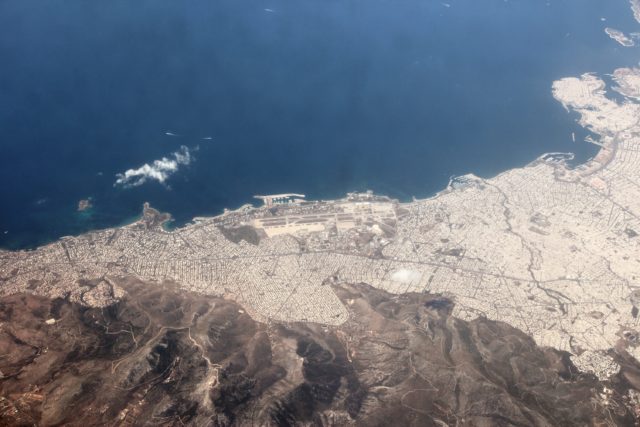
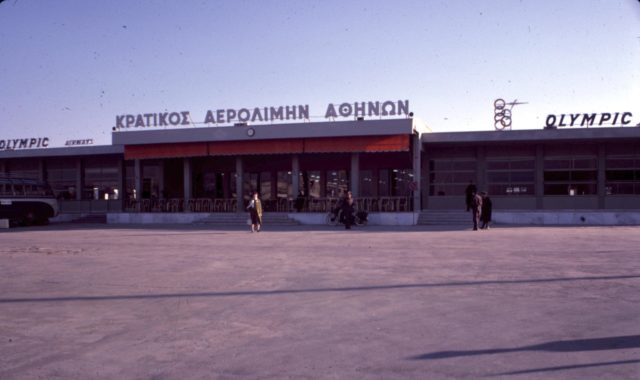
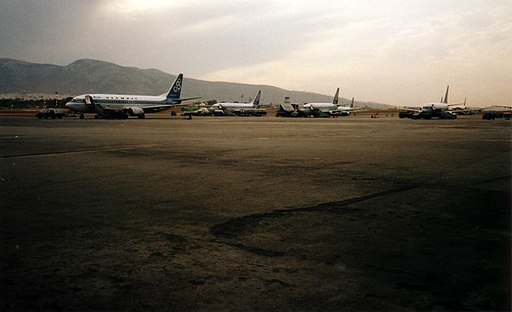
The government gave permission to the United States Army Air Force to use the facility, now named Hassani Airport, as the base for their Air Transport Command which flew between Rome and the Middle East frequently. This was a lengthy partnership, as the Americans were there from 1945 until 1988. Throughout this time, the airport also operated as the main hub for Greece’s Olympic Airways.
Closure
It was only when the Greek government put in a bid to host the 1996 Summer Olympics that the country reclaimed the facility from the Americans. Following numerous studies and deliberations, it was decided that the airport should be closed and a new one opened elsewhere. This was in part due to the fact that Ellinikon was considered to have one of the most dangerous runways in the world.
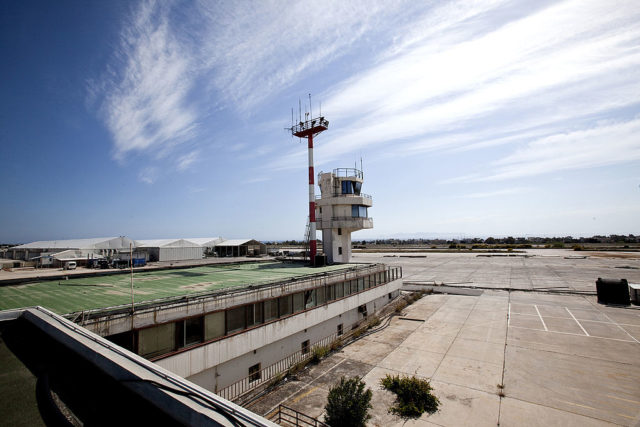
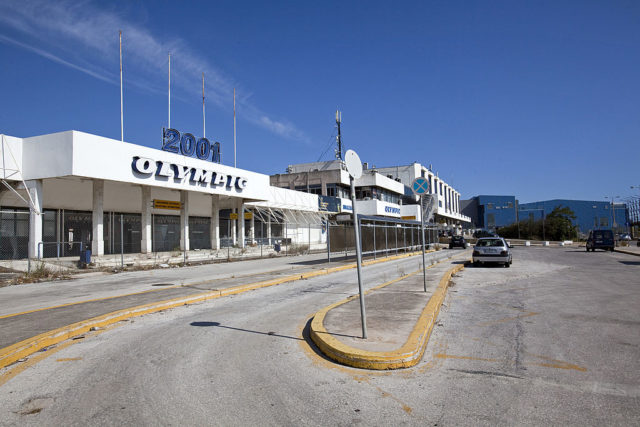
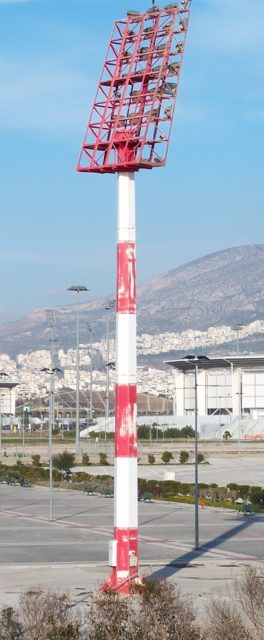
On March 28, 2001, it was officially closed, although never entirely abandoned. Parts of the airport were converted into baseball, kayaking, and fencing venues for the Athens Olympics in 2004. Between 2011 and 2018, the Civil Aviation Museum operated in the West Terminal. However, the rest of the property fell into disrepair and decay as there were disagreements over how it should be redeveloped – until now, that is.
The Sasaki architectural company recently released plans for the space. They intend to begin the overhaul in early 2023, creating a “restorative landscape” that will include a park, playground, and cultural center. The plans show that some elements of the original airport will remain intact – one of the terminal halls and the runway lights – while much of the concrete will be repurposed into benches or new pavement.
Ellinikon Metropolitan Park
Sasaki intends to highlight Greece’s natural flora by including 86 different native species, both trees and plants, that will be sourced from local nurseries to ensure that they provide positive ecological benefits in the region. The site will still have paved areas, but will also feature a significant amount of “softscape,” plants that are used specifically to help absorb rainwater and prevent flooding.
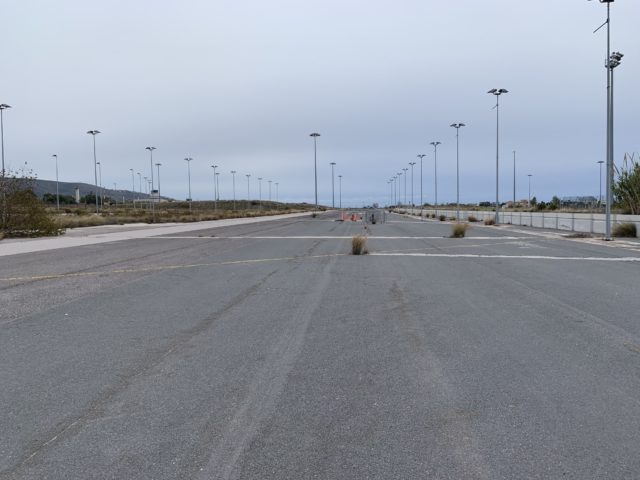
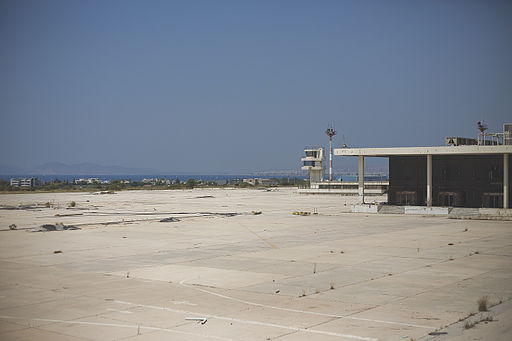
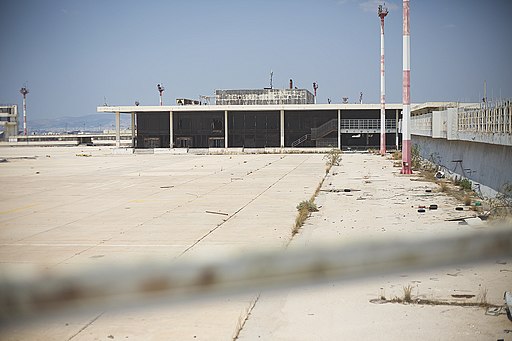
Ellinikon is designed to be self-sufficient in terms of irrigation and electricity needs. The irrigation will come from a nearby lake, a wastewater treatment plant, and collected stormwater. In addition to the natural space, the park will also include a number of residential and commercial buildings. The entire project is estimated to cost Greece $8 billion and will be completed in late 2025 or early 2026.
More from us: The Once-Abandoned ‘Wizard of Oz’ Theme Park
The space will become the largest coastal park in Europe and will showcase how ecology and environmental sustainability can be incorporated into commercial design.
